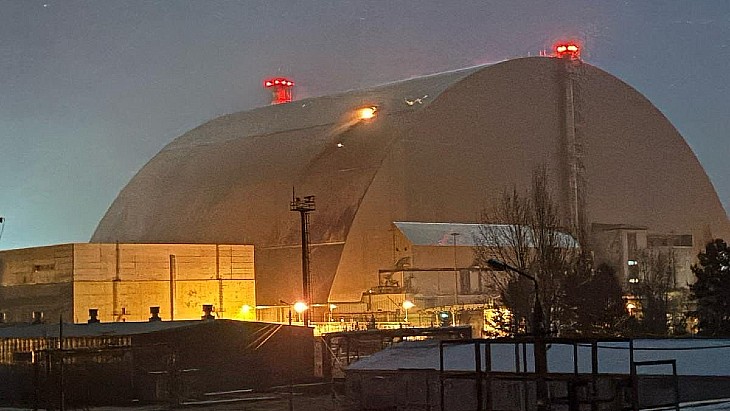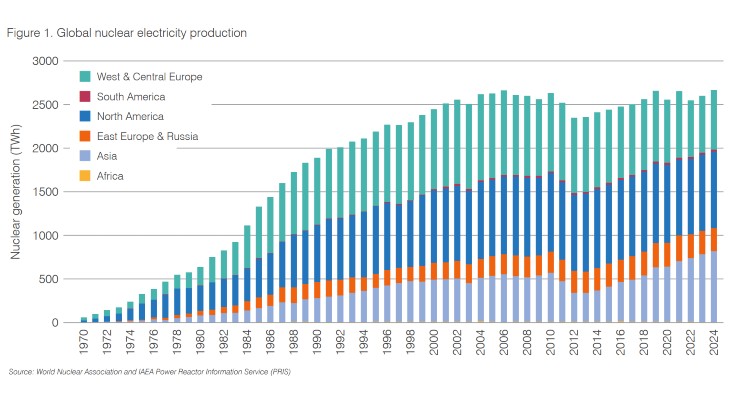FIRST PUBLISHED: 1.48pm GMT
UPDATE 1: 4.45pm GMT, Addition of box on WANO assistance
UPDATE 2: 5.10pm GMT, Addition of Markey's claims on unit 2
UPDATE 3: 5.34pm GMT, Permission granted for nitrogen injection
UPDATE 4: 10:45am GMT 7 April, Addition of information on nitrogen injection plans
Tepco has succeeded in plugging a crack in a concrete shaft through which contaminated water from unit 2 at the Fukushima Daiichi nuclear plant had been leaking into the sea. Meanwhile, the company has been given permission to inject nitrogen gas into the reactor vessel of another reactor.
Radiation readings of 1000 millisieverts per hour were recorded above the shaft on 2 April, and water which had collected in the shaft was noticed to be spilling into the sea through a 20 centimetre crack in the wall of the shaft. Attempts to plug the leak by filling the shaft with concrete, followed by injections of polymer, were unsuccessful. Finally, a coagulant was injected through two holes which had originally been drilled to allow the injection of a tracer to monitor water flows. This had the desired effect, and Tepco announced that the water outflow through the crack was halted at 5.38am on 6 April.
WANO assistance Kim will be accompanied by two experts from KHNP with expertise in severe accident management and radiation protection. The delegation will join experts from the USA who are also providing assistance through the WANO Tokyo Centre to collect information and share expertise. |
It is presumed that the leak had been the source of elevated radioactivity readings in the sea around the plant. However, the effect of halting the leak will not be immediately apparent due to the separate issue of a controlled discharge of some 11,500 tonnes of mildly contaminated water since 4 April.
Reports that unit 2 had suffered a core melt completely through the reactor vessel have been quashed. A CNN report quotes US Congressman Ed Markey as claiming he was told of the fact by the US Nuclear Regulatory Commission. The regulator has since told the Nuclear Energy Institute that it has no detailed knowledge of such a change at unit 2, which has been known to be damaged for some time already.
Nitrogen injection approved
Meanwhile, Tepco has been given permission to inject nitrogen gas into the reactor vessel of Fukushima Daiichi unit 1. According to a company press release, the move is being considered to displace oxygen and reduce the risk of a hydrogen explosion.
Temperature and pressure readings from the unit have fluctuated slowly at high levels in the last several days with Tepco struggling to achieve proper cooling from the injection of seawater. Observers have suggested the elevated temperatures, and pressure from steam, could be caused by deformation or more serious damage to fuel inhibiting the flow of water.
Nitrogen injection duly began in unit 1 on 7 April, and Tepco plans to inject 6000 m3 in total over a period of about 6 days. The company is then planning to carry out a similar countermeasure in units 2 and 3.
Researched and written
by World Nuclear News












